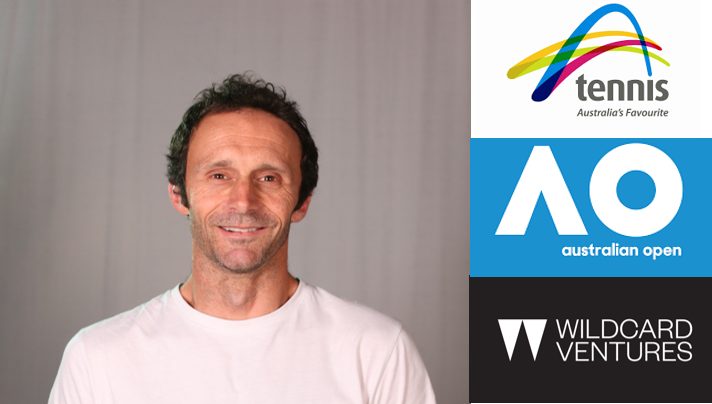This week we have the honor to interview Machar Reid, the head of Innovation of Tennis Australia who owns the Australian Open Tennis, and the new tech fund Wildcard Ventures. ?Show Notes: Through the interview, we talked about Tennis Australia, his role in the organization including the Australian Open tennis…
Share This Story, Choose Your Platform!
Total reviews
Persons recommended this product
Anonymous
Shopper
check_circle Verified
Shop owner replied
Anonymous
Shopper
check_circle Verified
Shop owner replied
Thanks for your review!
Your feedback helps us improve our service.
There are no reviews yet.
Be the first to review “ ”
Please log in to submit a review.
Don't have an account? Register here .
Only logged in customers who have purchased this product may leave a review



